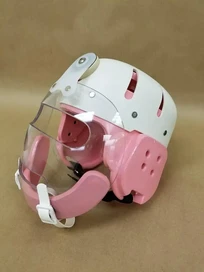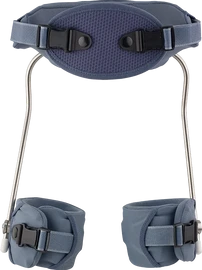Pediatrics
Pediatric Bracing
Specifically designed for children and adolescents. These braces are distinct from adult bracing in terms of their size, design, and considerations for growth and development.
Here are some key differences between pediatric bracing and adult bracing:
-
Size and Fit: Pediatric braces are made to accommodate the smaller bodies of children and adolescents. They are designed to provide a proper fit and support for the specific anatomical dimensions of younger individuals.
-
Growth Considerations: Children and adolescents are still growing, so pediatric braces need to account for their ongoing development. Many pediatric braces are adjustable or have components that can be modified as the child grows. This helps to ensure the brace remains effective and properly fitted over time.
-
Compliance and Comfort: Children may find wearing braces uncomfortable or challenging, so pediatric braces often prioritize comfort and ease of use. They are typically designed to be lightweight, breathable, and less restrictive, making them more tolerable for young patients. Additionally, pediatric braces may incorporate colorful designs or patterns to make them more appealing to children.
-
Developmental Milestones: Pediatric braces are designed with an understanding of a child's developmental milestones. They consider factors such as mobility, coordination, and sensory development to ensure that the brace does not impede the child's progress and allows for proper movement and function.
-
Condition-Specific Designs: Pediatric braces are tailored to address specific conditions or disorders commonly seen in children, such as scoliosis, clubfoot, cerebral palsy, or developmental hip dysplasia. These braces are designed to provide appropriate support and correction for the specific needs of each condition.
It is important to note that the design and selection of pediatric braces should always be done in consultation with a healthcare professional experienced in pediatric orthotics. Assesment of the individual needs of the child will determine the most appropriate brace for their specific condition and stage of development.






